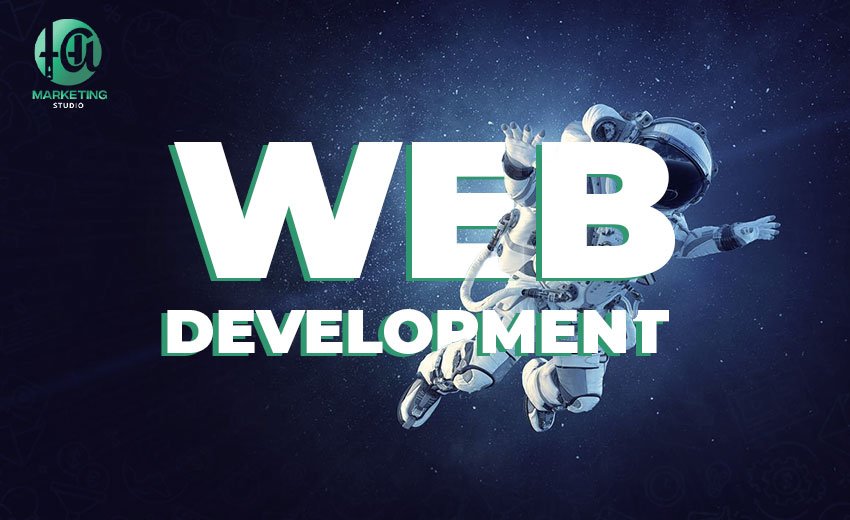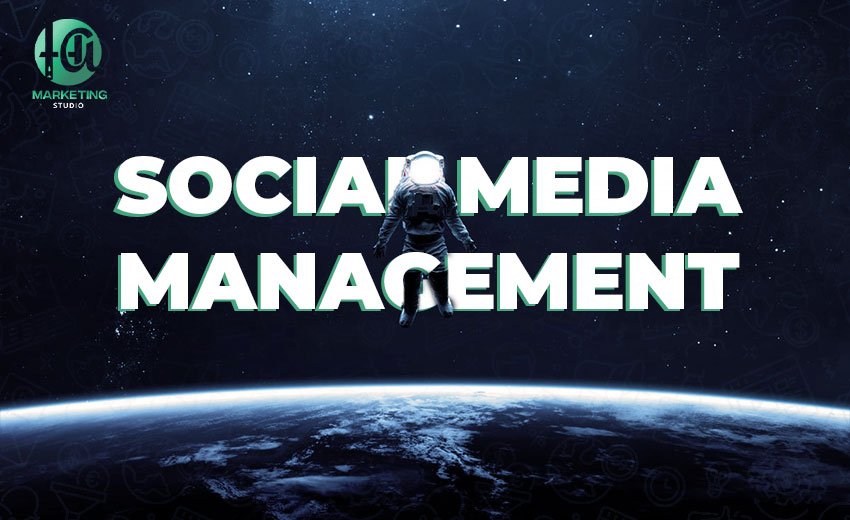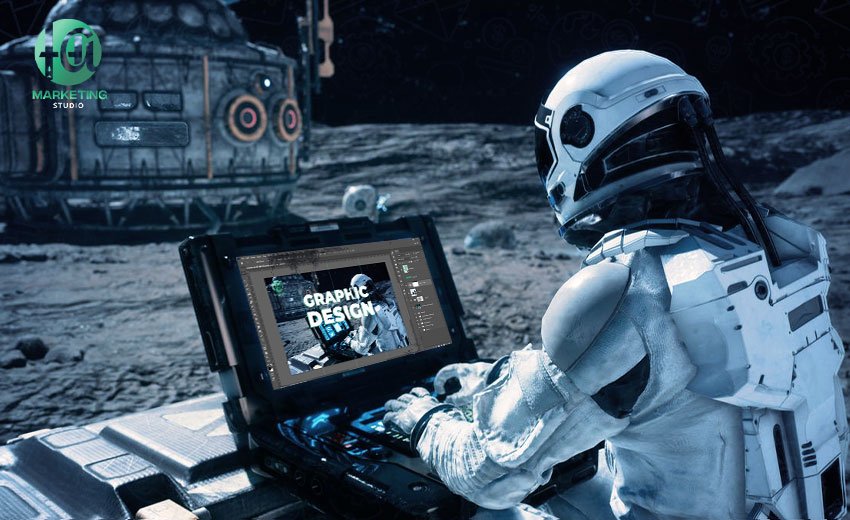Graphic design is a creative field that requires a wide range of artistic and technical skills. If you are passionate about art and design and want to turn this passion into a career, becoming a professional graphic designer might be the perfect choice for you. In this article, we will outline the essential steps you need to follow to achieve this goal, starting from acquiring basic skills to building a strong portfolio and marketing yourself in the industry.
– Acquiring Basic Skills :
– Formal Education :
While formal education is not absolutely necessary, it can provide you with a strong foundation in design principles and art theories. You can earn a degree in graphic design or fine arts from a recognized university or college.
-Online Courses :
There are many online courses that offer comprehensive education in graphic design. Websites like Coursera, Udemy, and Skillshare provide specialized courses in various aspects of graphic design, from software usage to fundamental design theories.
-Learning Essential Software :
You need to master the use of essential graphic design software, such as Adobe Photoshop, Illustrator, and InDesign. These programs are industry standards, and learning to use them will help you execute your ideas effectively.
– Developing Artistic Skills :
– Hand Drawing :
The ability to draw by hand is a valuable skill for graphic designers. Hand drawing can help you quickly and effectively communicate your ideas before moving on to digital design.
-Understanding Colors and Fonts :
You should have a deep understanding of colors and how to use them effectively in design. Additionally, you should learn how to choose and use fonts correctly to enhance the message you want to convey.
-Typography Design :
Typography design is the art of arranging text in a readable and visually appealing way. Understanding the basics of typography can greatly improve the quality of your designs.
-Building a Strong Portfolio :
– Mock Projects :
If you are starting without practical experience, you can create mock projects to showcase your skills. Choose a variety of projects, such as logo design, business cards, websites, and advertisements, to create a balanced portfolio.
– Collaboration with Others :
Collaborating with other designers or participating in community projects can provide you with new experiences and add real work to your portfolio.
– Displaying Work Online :
Create a website or use platforms like Behance and Dribbble to showcase your work. Make sure your portfolio reflects the diversity of your skills and your ability to handle different types of projects.
– Self-Marketing and Networking :
-Using Social Media :
Use social media to promote your work and connect with other industry professionals. Regularly post on platforms like Instagram, Twitter, and LinkedIn to build a strong online presence.
– Attending Exhibitions and Conferences :
Attending exhibitions, conferences, and workshops can provide you with opportunities to learn and network with other design professionals. These events can be beneficial for building professional networks and gaining new clients.
– Blogging and Publishing :
Writing articles or blogging about graphic design can help establish your reputation as an expert in the field. Share ideas, tips, and experiences you have gained over the years.
-Gaining Practical Experience :
– Professional Internships :
Look for internship opportunities at design agencies or major companies. Internships provide valuable experience and can be a gateway to permanent employment.
– Freelance Work :
Freelance work can be an excellent way to gain practical experience and build a client base. You can start freelancing by joining platforms like Upwork and Fiverr.
-Working for Companies :
Working as an employee at a company can provide you with financial stability and opportunities to learn from your colleagues. Look for jobs at design agencies, tech companies, or marketing departments in major corporations.
– Continuous Development :
– Keeping Up with Trends :
Graphic design is a constantly evolving field. Keep up with the latest design trends by reading blogs, magazines, and attending ongoing training courses.
– Benefiting from Criticism :
Be prepared to receive constructive criticism and work on improving your skills based on feedback. Criticism can be a valuable tool for improving the quality of your work.
-Experimenting with New Techniques :
Do not be afraid to experiment with new techniques and styles in design. Innovation can help you stand out in the market and attract more clients.
-Conclusion :
Becoming a professional graphic designer requires a combination of education, practical training, and continuous development. By following the steps outlined in this article, you can build a successful career in this creative and exciting field. Remember that success comes from passion, dedication, and a continuous desire to learn and grow.
here some articles that might interest you :














